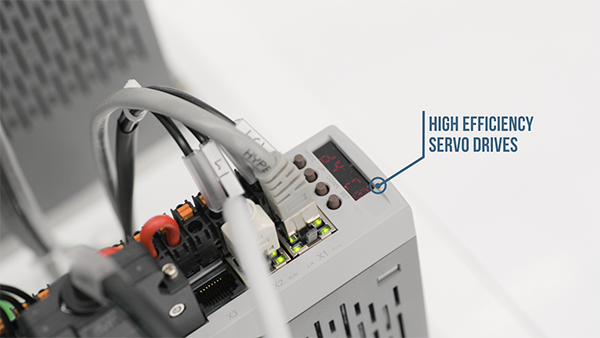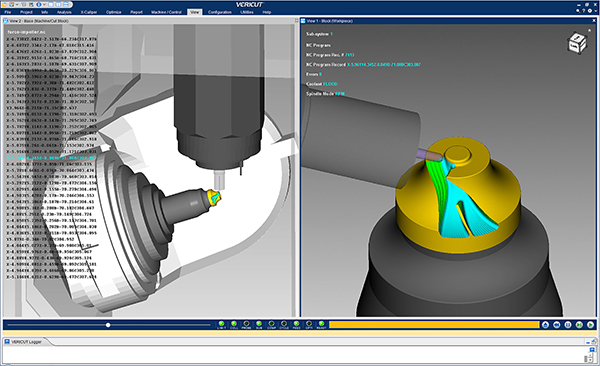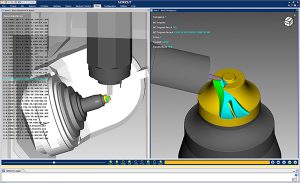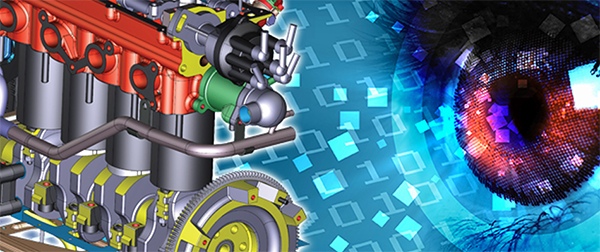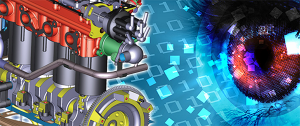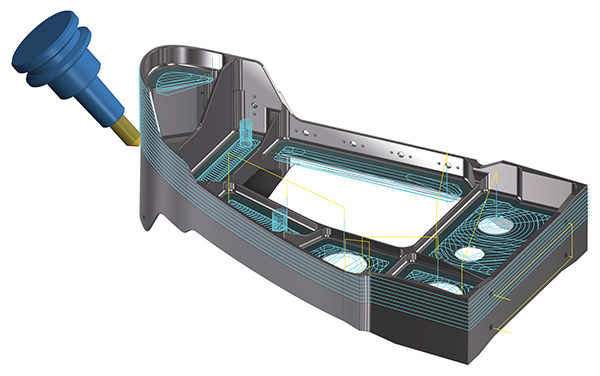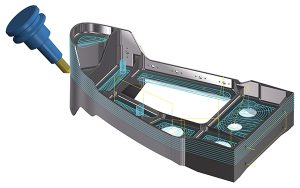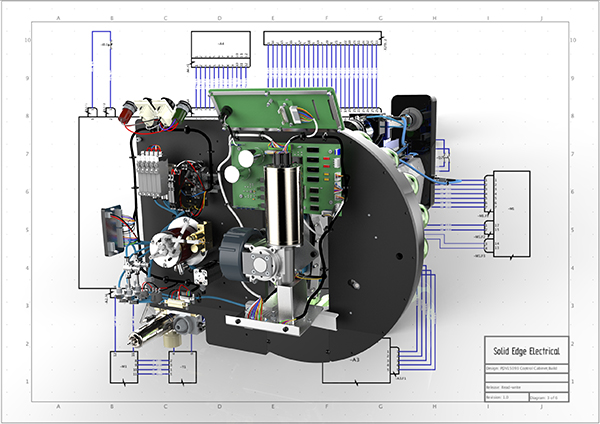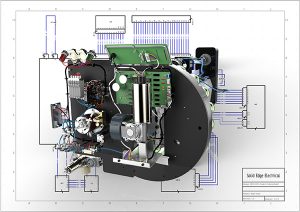At IMTS in Chicago last week, Anca Motion launched its LinX M-Series linear motor automation solution for OEMs. The LinX M is housed in a slim body, and is said to be a highly energy-efficient solution for precision CNC applications or high-speed automation systems.
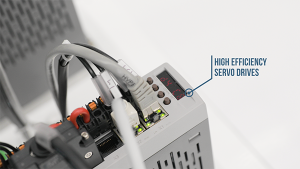
Anca Motion also revealed its Single Cable Motion System that adopts Hiperface DSL protocol technology by using a single cable to simplify machine integration, reduce waste and offer improved diagnostics.
Naveen Nadesan, Anca Motion marketing manager, says: “There is a clear trend for companies to use energy in a more efficient manner. Replacing a pneumatic cylinder with a tubular linear motor reduces energy costs, achieving a relatively short payback period of six to 12 months. The LinX M-Series linear motor therefore provides a unique benefit to OEMs seeking higher performance, accuracy and reliability in their machines.”
At the show, two LinX motors were displayed in a V-structure parallel robot (V-Bot) arrangement showcasing: a high-speed pick and place application; and high-precision contouring around various shapes. The LinX M-Series is fully compatible with standard pneumatics accessories, such as mounting plates, linear guides and couplings.
“Anca Motion offers a wide range of control systems and has more recently been working largely with laser cutting businesses, providing a complete motor solution for its machines,” says Nadesan. “At the stand we had interactive display panels and videos of laser and cylindrical grinding applications to demonstrate the breadth of our technology.”
The LinX M-series V-Bot demo unit will also make an appearance at the MWCS exhibition in Shanghai this week.
For further information www.ancamotion.com






